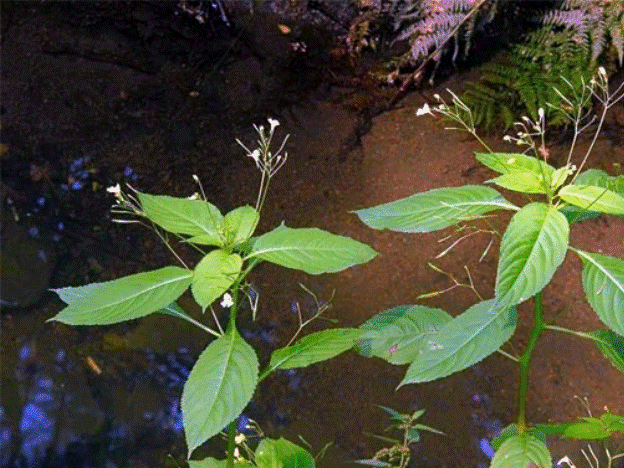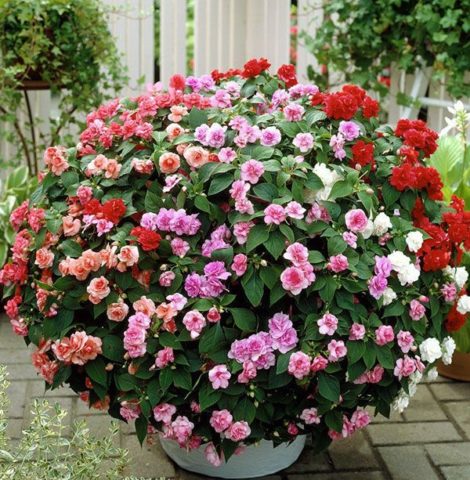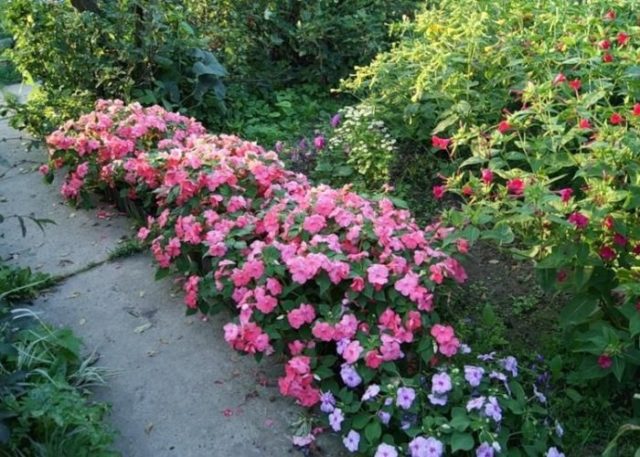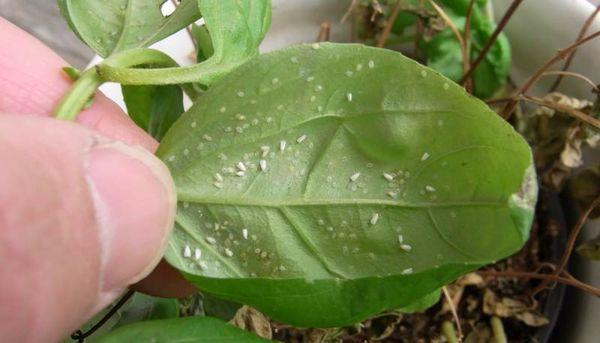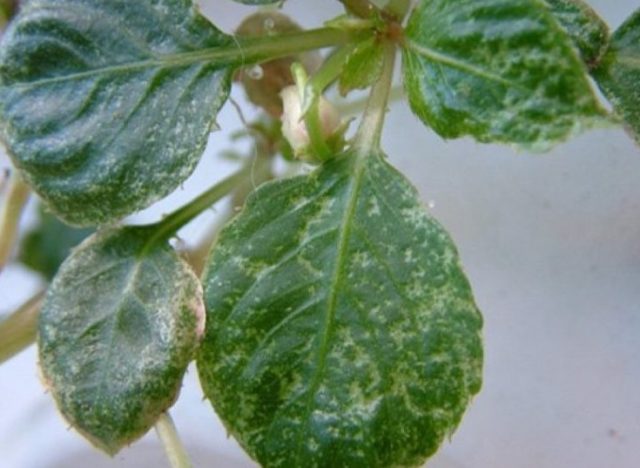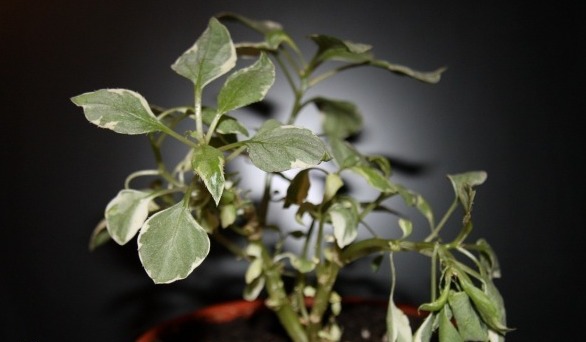Content
Garden balsam has many varieties. Blooms for several months, unpretentious in care. Most often they are used to decorate balconies and loggias, used in rockeries, rock gardens and city flower beds. Tall and large-flowered plants look great in the garden.
Description
Garden balsam is a herbaceous plant with a height of 20 to 70 cm. It has narrow lanceolate leaves, serrate at the edges. The erect stem of garden balsam (pictured) is strewn with continuously blooming simple, double or semi-double flowers. They are located at the top of it.
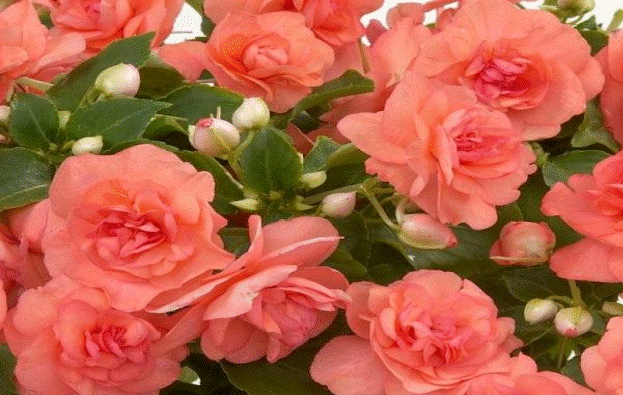
Balsam blooms from May to September, indoor specimens - until December
Most species have simple, irregularly shaped flowers about 10 cm in diameter, consisting of 5 petals. Some look like carnations, others like camellias, others like small roses.
People often call garden balsam Vanka wet, Ogonyok, Impatient. He received one of the names for the droplets of sweet nectar secreted by the leaves to lure insects. Outwardly, it seems as if the flower is crying. It is called a fire for the brightness and saturation of the color, and Impatiens - for the sensitivity of the seed box. Even with a light touch to ripe poppies, they crack and scatter seeds.
There are about 500 varieties of balsams, mostly found in tropical and subtropical zones.
Types and varieties of garden balsam
The variety of garden varieties is represented by dwarf, medium and tall plants, the height of which is 15-20 cm, 50-70 cm and 2 m, respectively.
Several prominent representatives of different varieties of balsam:
- Impatient Waller originally from Africa, therefore, in gardening conditions, flowers must be planted in sunny areas with fertile land. In the natural environment it grows up to 60 cm. Hardly tolerates cold and rain, it can die from bad weather. Leaves are oval or lanceolate. Thin and fragile fleshy stems break easily even from a weak breeze. Large double or simple flowers are located at the end of the stem. The most common varieties are salmon, white, pink, orange, and red.
Waller's flowers are shaped like a rose.
- Hawker's Balsam (pictured) - a low-growing variety originally from New Guinea, in our strip it is grown in garden plots, balconies, loggias, greenhouses. The flowers of this variety are large, have an intense purple color and an almost white center. A strong stem is covered with elliptical leaves, mottled with light veins. They can be of different colors: green, purple, bronze. The plant loves shade and partial shade, blooms most magnificently with regular watering and feeding. Does not tolerate drafts. Among the hybrids, there are also tall types of Hawker's balsam, reaching 90 cm in height.
To stimulate the flowering of Hawker's balsam, it is recommended to periodically get rid of drying inflorescences
- Small-flowered - a weed plant, actively blooming from May to the first frost. The culture was brought from northeast Asia.Flowers are small, inconspicuous, therefore they are not used for decorative purposes. The plant is found in forests, city parks, along roadsides.
Small-flowered balsam belongs to aggressive weeds, therefore it is not cultivated by gardeners
The leaves are light green, lanceolate, located on a thin, slightly curved stem. Plant height does not exceed 60 cm. - Balsam Impatiens common grows on almost all continents. It can be seen in forests, ravines, along streams and rivers. The thick stem is covered with small flowers of yellow shades and lanceolate leaves, with jagged edges. The culture has fibrous roots.
Balsam Touch-me-not is widely used in folk medicine for the treatment of the genitourinary system, healing wounds and ulcers
The plant is annual, dies with the onset of the first frost. It can grow up to 170 cm in height. Prefers shady areas with coniferous or deciduous trees. It reproduces by self-seeding.Important! The plant is poisonous, for medical purposes it should be used strictly according to the prescription, after having studied the possible reactions of the body. - Balsamic variety - an annual, 70-80 cm high, with serrated elliptical leaves and a dense fleshy stem. Large flowers can have various shapes: camellia, pink, clove, and simple. Consist of five irregular petals.
Balsamic flowers bloom in the axils of the leaves, tightly surrounding the stem of the plant
The culture blooms from early June to frost. Flowers can be double or simple - white, red, lilac and pink.
Application in landscape design
Garden balsam is an ideal option for decorating the landscape, a continuous carpet of flowers of various colors and shapes will completely hide curbs, ridges, flower beds. It takes root well in indoor pots and flowerpots.
Designers use balsam as:
- balcony decoration;
- decor of terraces and gazebos;
- ground cover plant;
- decoration of flower beds and front gardens.
Breeding features
Garden balsam can be propagated by cuttings or seeds.
Cuttings are cut from a healthy plant. Each shoot (5-6 cm long) should have 3-4 leaves. The cuttings are preliminarily kept for 7-10 days in a shaded place, then planted in the ground. If the procedure is carried out in the spring, then the garden balsam blooms in the summer, if the planting was in July-August, then the flowering will begin in the fall. Late cuttings require the creation of the necessary conditions - additional lighting and maintaining the desired air temperature.
It is necessary to sow the seeds of a garden plant in January-February, then you can admire the touch-up flowers in May. It is better to plant seedlings in semi-shaded areas, balsams do not tolerate heat well and can die, and in the shade the flower will stretch out strongly in height.
Any flowers are suitable as neighbors. The plant is not whimsical, therefore it gets along with various cultures, the best of which can be:
- fuchsia;
- verbena;
- begonia.
Growing garden balsam from seeds
Garden balsam is undemanding to care for, but the growing conditions for it should be similar to the subtropical climate.
Perennial garden balsam should receive enough light, the duration of its flowering depends on it. For indoor varieties, the most illuminated windows are chosen - in the south, east or southeast. Moderate watering and moving from the balcony or veranda to the house for the winter will allow the plant to live for 3-4 years.
Flowerbed flowers are planted in light areas protected from drafts and direct sunlight, but in open ground they do not grow for more than one year, since balsam is not able to withstand low temperatures.
Sowing dates for seedlings
Garden balsam seeds are sown in January - March, this will provide early and long flowering. And seedlings are transplanted into the ground not earlier than the first half of June in order to protect it from possible frosts.In southern countries, it is allowed to do this 1 month earlier.
Selection of containers and soil preparation

A food container can serve as a container for growing garden balsam.
Wide and not very deep dishes will greatly facilitate the picking of seedlings
It is allowed to use peat cups, cassettes or pots with a volume of 200-250 ml.
The planting container must have drainage holes for excess fluid to escape.
It is preferable to choose fertile soil for seedlings. For fertilization, it is necessary to mix garden soil, compost, humus and perlite in equal parts. The prepared soil mixture is poured with boiling water or heated in an oven and disinfected with a fungicide.
For growing balsam in the open field in the garden, choose areas with a light soil structure. Sandy loam soil with an acidity of 5.5 to 6.8 pH is suitable.
Planting garden balsam seeds
Before sowing, balsam seeds are pre-prepared.
Algorithm of actions:
- soak in a manganese solution for 10 minutes;
- let it swell by placing for 30 minutes. into warm water;
- fill containers with soil and moisten it;
- sow balsam seeds at a distance of about 3-4 mm and cover them with a thin layer of river sand;
- cover with foil to maintain the moisture and temperature necessary for germination.
The landing container is aired daily. After the emergence of shoots, balsam will need to organize additional lighting. You can dive seedlings after the formation of 2-3 true leaves.
You can also germinate garden balsam seeds in wet gauze. After 3-4 days they will hatch, then they are planted in prepared soil.
Caring for garden balsam at home
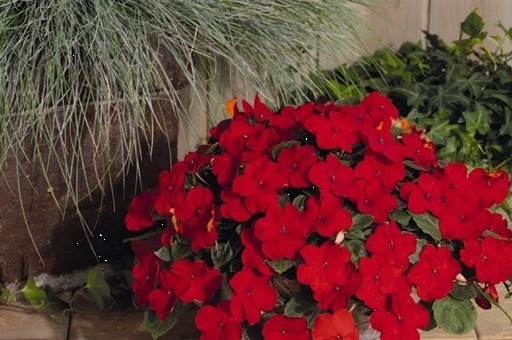
Indoor varieties of garden balsam do not have a dormant period; subject to growing conditions, they bloom almost all year round.
Caring for indoor plant varieties consists in regular watering, feeding, creating lighting, removing dried flowers and preventing diseases of the touch-sensitive garden.
Water the flower regularly, but not abundantly. Waterlogging leads to root rot. Lack of water is also detrimental to balsam, its leaves wither and fall off.
Once every two weeks, the flower is fed with a complex fertilizer containing potassium and nitrogen compounds.
An important point in caring for indoor balsam is the regulation of lighting. If it is not enough, the plant will stop blooming.
A southeast or east window is allocated for culture. In the midday heat, shade them with a newspaper or cloth to prevent moisture evaporation. Plants located on the south side are recommended to shade from 12 to 17 hours.
In summer, it is allowed to take the balsam out into the street, having previously taken care of protection from drafts, precipitation and direct sunlight.
Growing garden balsam in the open field
Prepared balsam seeds can be sown directly into the ground. The site is selected taking into account all the requirements of the plant: protected from wind and sun. The stalks of the touchy garden are rather fragile, the wind can break them, and the midday sun scorch the foliage. Planting flowers in the shade of trees or bushes will be a good solution to the problem.
The garden soil is heated, thoroughly dug up, loosened, and weeds are removed. The grooves are formed at a distance of 15 cm, the seeds are closed. Then cover with foil. The first shoots will appear in a week.
Watering is necessary after sunset. On rainy days, seedlings do not need watering.
Transplanting seedlings into the ground

Transfer the seedlings from the container into the ground very carefully so as not to break the fragile stalks of balsam
Seedlings, pre-accustomed to the street, are transplanted into the ground in the spring.The seedlings are carefully taken out of the planting container and, together with the ground, are moved into holes located at a distance of 20-25 cm. They fill up the hole, lightly crush the soil around the stem, water and mulch with sawdust.
To stimulate growth, you need to pinch the tops. It will also strengthen the roots and improve flowering.
Watering and feeding
Water the balsam at the root. In the heat, you can water it 2 times a day - in the morning and in the evening, but not abundantly. Excessive watering leads to decay of the roots, its leaves curl and fly around, the flowers fall off.
The soil, poor in organic matter, is fertilized every 2 weeks with humate, potash and nitrogen compounds, alternating feeding.
How to care during and after flowering
Caring for garden balsam during the growth process consists of pruning and covering for the winter.
In winter, the flowers are dug up and transferred to the house. The air temperature in the room should not be less than +10 ° С, watering should be reduced. If the air in the room is warmed up to 18 ° C, then the garden balsam will continue to bloom and you can boast of gorgeous winter photos of flowers in front of your friends.
At the end of May, the balsam is shortened by 2/3 of the length and again transplanted into the ground. Pruning is mandatory, otherwise the plant will stretch out, lose its decorative effect and bloom less.
In the summer, shoots affected by diseases or pests are periodically cut off from the bush, and wilted leaves and flowers are removed.
Diseases and pests
Not all problems with garden balsam are due to the presence of the disease. For example, the loss of buds is a consequence of a lack of nitrogenous fertilizers, drying out or acidification of the soil, a decrease in air temperature, and weak bud formation indicates a lack of lighting. The splendor of the crown with the absence of flowers is a sign of excess nitrogen in the soil.
Among the diseases and pests of garden balsam, the 3 most common can be distinguished:
- Spider mite, eating juicy stems and leaves of garden balsam. When it appears, the bush is recommended to be sprayed with chemicals. To protect the plant from spider mites, experts advise wiping the crown with soapy water.
- Viral mosaic appears on the leaves of garden balsam in the form of yellow spots and wavy lines. It is not picky about its habitat and can infect all garden plants, and through equipment or hand protection, infect vegetables and indoor flowers. The carrier of the virus is aphid.
- Bronze foliage - the leaves affected by the disease stop their growth, deform and fall off. It is useless to fight the disease, they get rid of sick balsam bushes and burn them. Healthy flowers are treated with insecticides.
The risk of damage to garden balsam by pests and diseases can be significantly reduced if, before planting in the ground, the entire area is treated with disinfectants: phytosporin, copper sulfate or lime.
Collection and storage of seeds
Garden balsam seeds are a fleshy five-leafed oblong box that cracks and sprays as soon as you touch it. Therefore, the material is collected unripe - in the last decade of August, then removed to a dark and dry place. Ripe seeds are stored in a paper bag.
Conclusion
Garden balsam is a beautiful, low-maintenance flower that is equally good on the balcony, and on the window, and on flower beds. It blooms for a long time and magnificently, is easy to grow and reproduce.


